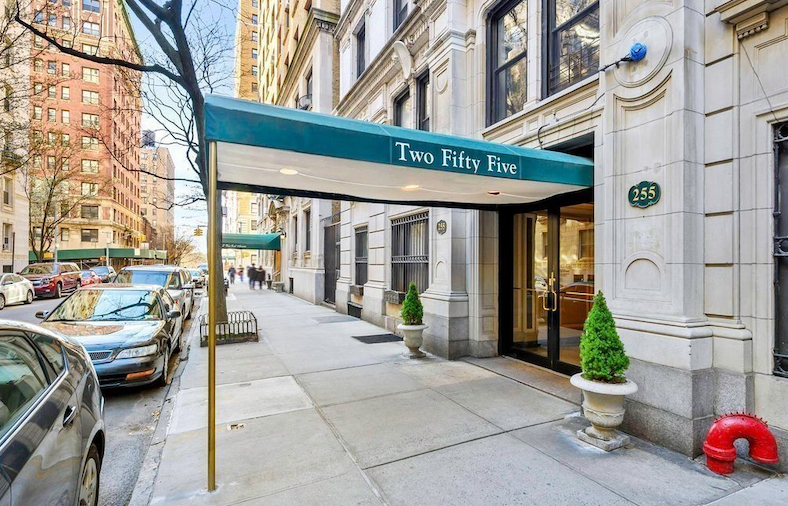
Question: What is the difference between a condop and a condo, for a buyer of such unit? Does a condop have as much credit review and board interview like a co-op? What about their sublet policy, their resale value? To be sure, is it preferable to buy a condo rather than a condop?
— In the Market in Manhattan
Dear Market:
An apartment in a condop building is essentially the same as a co-op apartment, and rules vary from building to building. Some condop boards, though not all, do operate with fewer restrictions than typical co-op buildings. Some, for instance, don’t put buyers through a rigorous vetting process. But for the average apartment dweller, there are few significant differences. If you prefer a co-op to a condo, then you’ll like a condop. If you prefer condos, then you may not like a condop.
Condops are mainly relics of another tax era. There were workarounds for a defunct tax law that limited how much money a co-op corporation could take in from sources other than shareholder fees. It was called the “80/20 Rule,” and it divided a co-op’s revenues into “good” and “bad” income streams. “Good” income was from maintenance fees, flip taxes, assessments and other payments made by the tenant-shareholders, while “bad” income was rent from commercial tenants, professional offices or other sources. Bad income couldn’t contribute more than 20 percent of the corporation’s total income. Congress changed the law during the financial crisis of 2007-2009, and there is no longer any such limit.
That said, there were and are still compelling reasons for sponsors to operate buildings as if they are condops. Why? A landlord can make a lot of money that way.
Imagine a modest 10-story, 45-unit apartment building on an avenue with lots of expensive shops or bustling big businesses, including, say an upscale designer shoe store on the first floor. Imagine you are the owner of that building, and you want to recoup your investment by selling the apartments but you want to hold on to the shoe shop’s considerable rental income. How do you do that?
Divide the building into two legally separate units: A nine-story residential property and a first-floor commercial property. Technically, it’s a condop only if the residential unit is structured as a co-op. Condo buildings are, by definition, already divided into separate legal units.
Every building is different, of course, but generally, the legal structure is arranged so that the residential owners have little say over the retail operation. And the residential board, whether a co-op or a condo, is going to make its own rules regardless of what’s going on at the street level.
David Crook is a veteran journalist and author of The Complete Wall Street Journal Real-Estate Investing and Homeowner’s Guidebooks. Do you have a question about anything real estate-related in NYC? Write him at askus@streeteasy.com. For verification purposes, please include your name and a phone number; neither will be published. Note: Nothing in this column should be considered professional legal advice. If you have a legal issue, consult an attorney.
—
Hey, why not like StreetEasy on Facebook and follow @streeteasy on Instagram?








